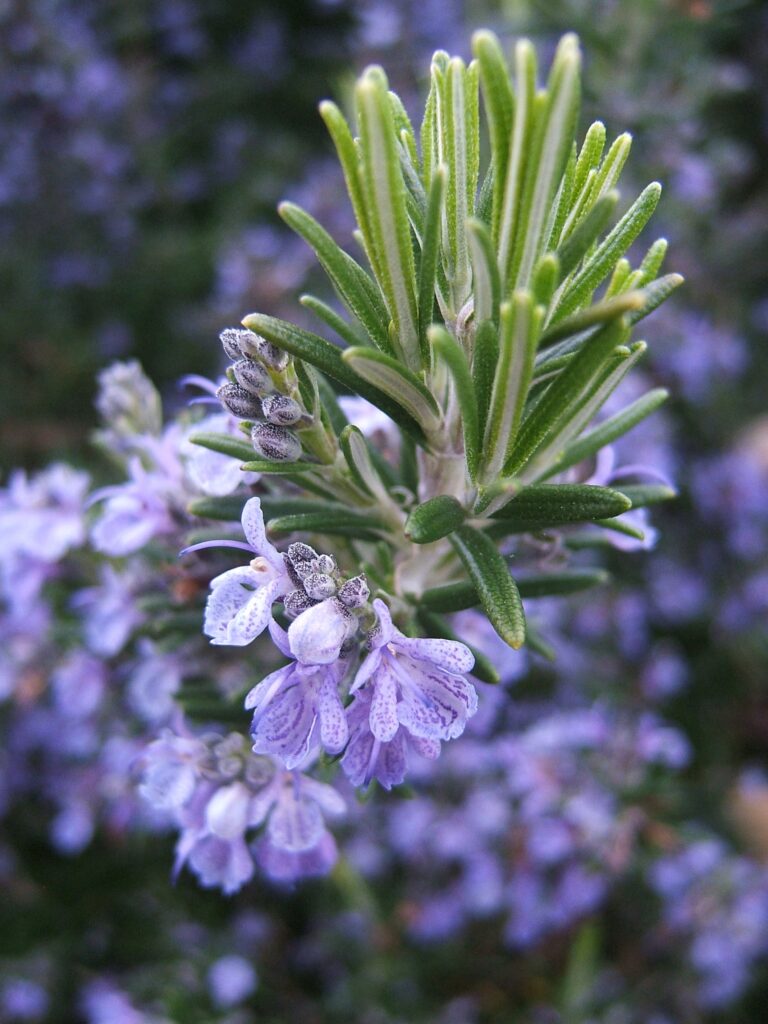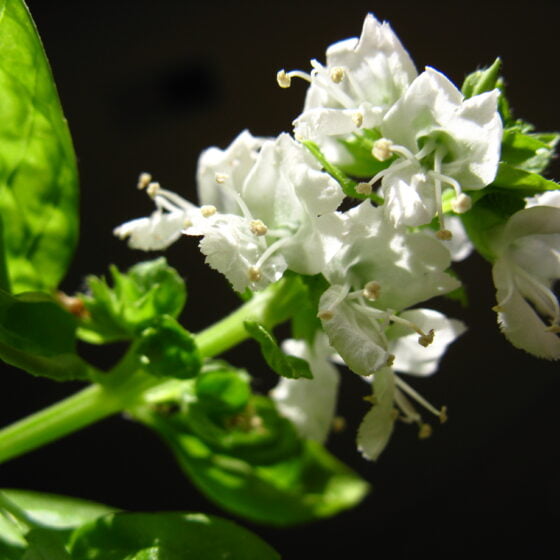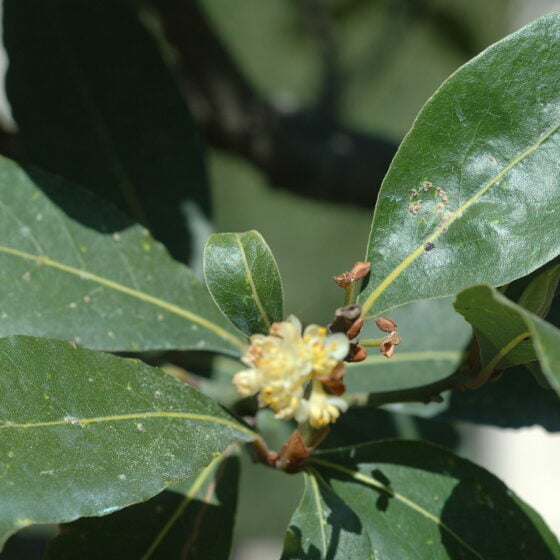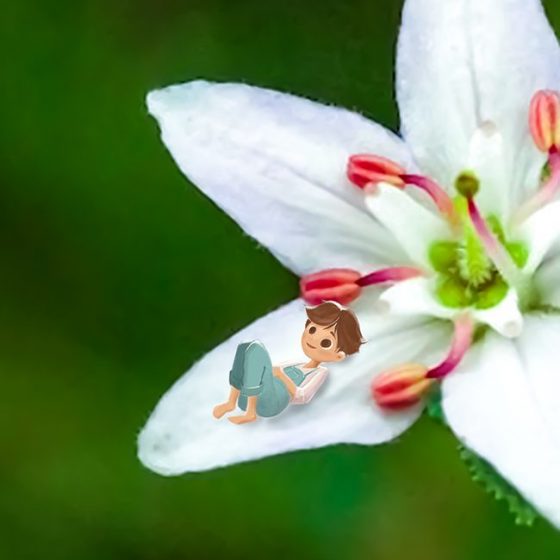
Rosemary ct cineole Tunisia
Rosmarinus officinalis CT cinéole
General data
Harvest Calendar
- J
- F
- M
- A
- M
- J
- J
- A
- S
- O
- N
- D
Product details Our added value
We ensure our partner’s compliance with national and international laws, especially in terms of resource exploitation. Our teams regularly visit our partner’s site to improve our understanding of the sector and its impact on people and environment.
Fragrance side
Rosemary essential oil is used as a heart note in aromatic bouquets, and also works well with the spicy or woody notes of fougère accords. It is a popular essence in men’s fragrances and, in recent years, has seen increased use in women’s compositions.
Well-being side
Antibacterial, analgesic, anti-inflammatory, antioxidant, circulatory tonic, calming. Tonic, removes mental confusion, helps with memorization, allows you to make clear-cut decisions.
*The aromatherapy properties in this document are excerpted from reference books, scientific articles, or specialized websites and are provided to customer for its information and internal use only. Claims on a finished product remain the responsibility of the company making the finished product available on the market. About
R. officinalis is a dense and aromatic bush native to the Mediterranean basin. Its evergreen foliage is made up of small, needle-like leaves that are dark green on top and silvery below. The flowers are small and vary in color from purple to blue to nearly white. The name rosemary (romarin in French) is believed to come from the Latin ros marinus, meaning dew of the sea, a reference to the plant’s abundant presence on the Mediterranean coasts and islands, or from the Greek rhops myrinos, meaning aromatic bush.
Rosemary grows wild in southern Tunisia at between 500 and 600 meters’ altitude. In the blooming period between June and September, the branches are traditionally sickle-cut by farmers and shepherds. Rosemary can be harvested throughout the year, but the leaves have higher concentrations of active ingredients in summertime. Harvesting is done in hot, dry weather, after sunrise, once the dew has evaporated. The harvested rosemary is then dried in the sun for three days, bundled, and transported to the distillery.
Rosemary chemotypes vary with where the plant is grown. The essential oil that we source in Tunisia has a cineole chemotype.
Our added value
We ensure our partner’s compliance with national and international laws, especially in terms of resource exploitation. Our teams regularly visit our partner’s site to improve our understanding of the sector and its impact on people and environment.
Fragrance side
Rosemary essential oil is used as a heart note in aromatic bouquets, and also works well with the spicy or woody notes of fougère accords. It is a popular essence in men’s fragrances and, in recent years, has seen increased use in women’s compositions.
Well-being side
Antibacterial, analgesic, anti-inflammatory, antioxidant, circulatory tonic, calming. Tonic, removes mental confusion, helps with memorization, allows you to make clear-cut decisions.
About
R. officinalis is a dense and aromatic bush native to the Mediterranean basin. Its evergreen foliage is made up of small, needle-like leaves that are dark green on top and silvery below. The flowers are small and vary in color from purple to blue to nearly white. The name rosemary (romarin in French) is believed to come from the Latin ros marinus, meaning dew of the sea, a reference to the plant’s abundant presence on the Mediterranean coasts and islands, or from the Greek rhops myrinos, meaning aromatic bush.
Rosemary grows wild in southern Tunisia at between 500 and 600 meters’ altitude. In the blooming period between June and September, the branches are traditionally sickle-cut by farmers and shepherds. Rosemary can be harvested throughout the year, but the leaves have higher concentrations of active ingredients in summertime. Harvesting is done in hot, dry weather, after sunrise, once the dew has evaporated. The harvested rosemary is then dried in the sun for three days, bundled, and transported to the distillery.
Rosemary chemotypes vary with where the plant is grown. The essential oil that we source in Tunisia has a cineole chemotype.
Other type of extracts
(Aromatic)



